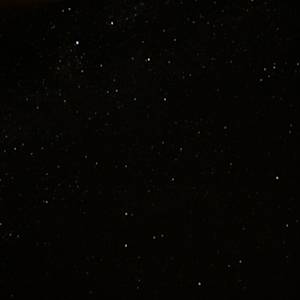Ecocide in the Vietnam War
1961-1971 • Vietnam
"I really didn't know what they were spraying. Some people thought it was for mosquitoes, but I never really gave it much thought. I do remember walking through defoliated zones. Everything was dead. The trees had literally grown to death, because that's how Agent Orange works—it accelerates growth in a plant's cells until finally the tree dies." —unnamed American veteran of the war in Vietnam Between 1961 and 1971, the US. military sprayed 79 Million liters (or 20,000,000 gallons) of herbicides in Southern Vietnam, most infamously Agent Orange. These were employed to kill cultivated crops and defoliate the hardwood forests and mangroves of the Mekong Delta that provided cover to Viet Cong forces, a strategy that originated the concept of 'ecocide,' or deliberate destruction of the environment as an act of war. Dead hardwood forests were largely succeeded by grasslands and bamboo forests with low biodiversity, which was the fate of round 14% of Vietnam's hardwood forests, over 3.1 million hectares (11,969 square miles). As much as half of southern Vietnam's mangroves were also destroyed. The chemicals themselves, particularly dioxin, have also been linked to widespread documented health problems including cancers and birth defects among those exposed.
Fred A. Wilcox, Waiting For An Army to Die: the Tragedy of Agent Orange (New York: Random House, 1983), 4. Additional source: Sarah DeWeerdt, “War and the Environment," World Watch 21: 1 (January/February 2008): 14.


Learn about Maya Lin’s fifth and final memorial: a multi-platform science based artwork that presents an ecological history of our world - past, present, and future.

Discover ecological histories and stories of former abundance, loss, and recovery on the map of memory.

Learn how we can reduce our emissions and protect and restore species and habitats – around the world.

See how art can help us rethink the problems we face, and give us hope that each one of us can make a difference.

Help make a global memorial something personal and close to home. Share your stories of the natural world.

